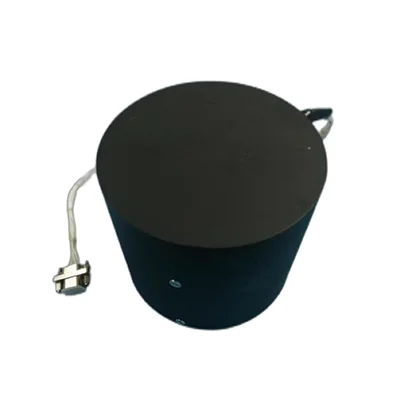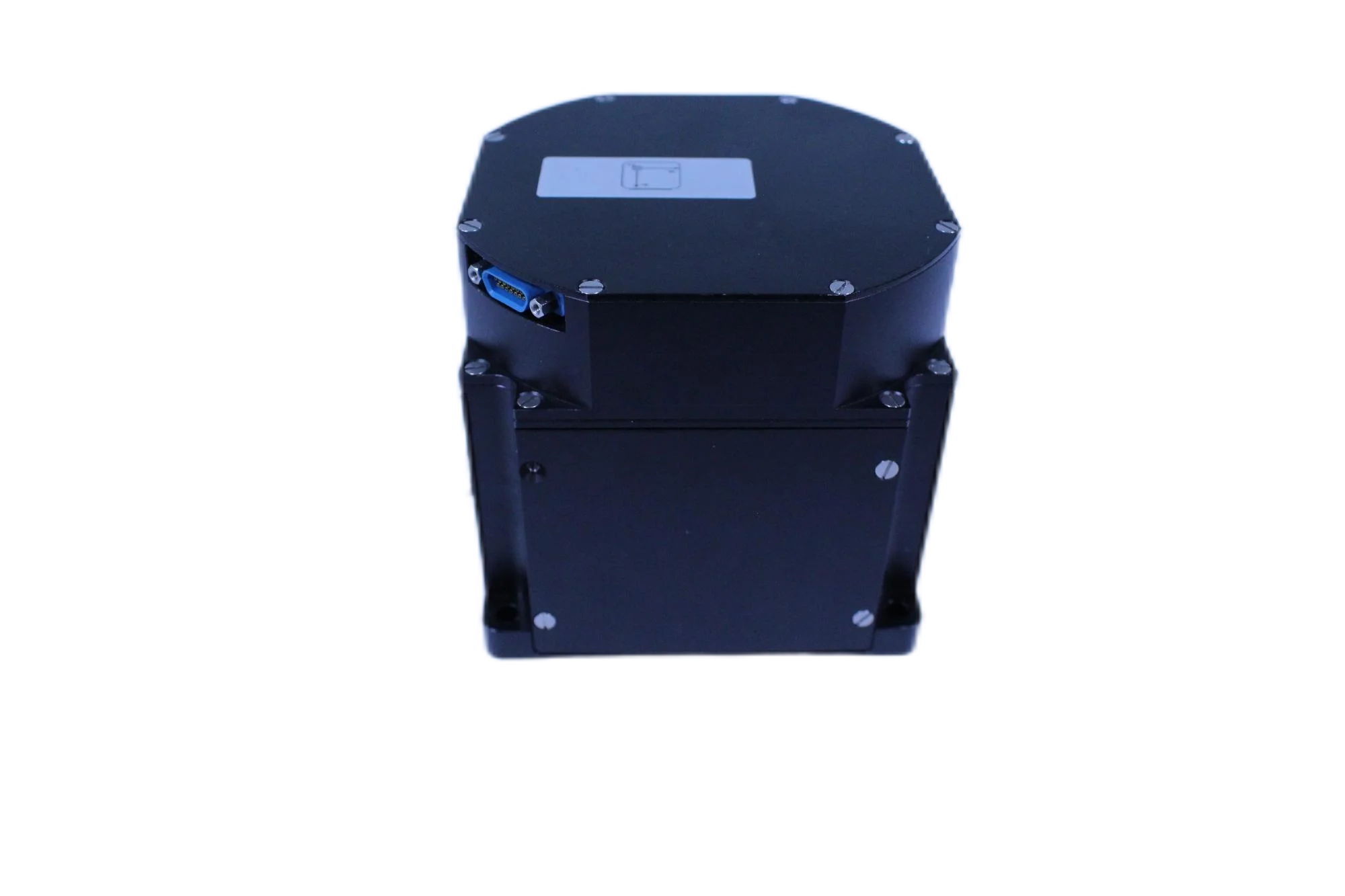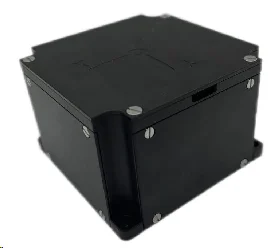Fiber optic gyroscopes (FOGs) are precision instruments used to measure angular velocity. Unlike traditional mechanical gyroscopes, they rely on the interference of light traveling through optical fibers to detect rotation. Their accuracy, reliability, and durability make them suitable for various smart automation scenarios where precise navigation, stability, and orientation are critical. These qualities position FOGs as essential tools in industries where automation continues to transform efficiency and reliability.
Why Fiber Optic Gyroscopes Excel in Smart Automation
In smart automation, reliability and accuracy are foundational. Fiber optic gyroscopes stand out due to their resistance to vibration, minimal drift, and ability to operate without moving parts. This results in lower maintenance, longer service life, and consistent performance under challenging conditions. Unlike conventional sensors that degrade in environments with dust, heat, or heavy movement, FOGs maintain consistent results, ensuring that automation systems perform with precision and stability.

Enhancing Industrial Robotics
Industrial robotics relies heavily on precise navigation and orientation. Fiber optic gyroscopes enable robots to position tools, arms, and components with greater accuracy. Whether in assembly lines, welding systems, or quality control stations, FOGs ensure robotic arms move fluidly without error. This improvement reduces downtime, enhances product quality, and minimizes costly errors, which is essential for manufacturers seeking to optimize automated production lines.
Advancing Autonomous Mobile Platforms
Autonomous guided vehicles and drones have become critical in logistics, agriculture, and industrial facilities. Fiber optic gyroscopes allow these platforms to maintain accurate navigation indoors and outdoors, even in GPS-denied environments. In warehouses, FOGs support automated forklifts and carriers in maneuvering through narrow aisles, improving efficiency while reducing the risk of collisions. Similarly, in agriculture, drones equipped with FOGs can survey fields with precise trajectories, providing farmers with actionable data for crop management.
Improving Marine and Subsea Automation
Fiber optic gyroscopes play a pivotal role in marine automation. In underwater operations, where GPS signals are unavailable, FOGs help guide autonomous underwater vehicles and remotely operated systems. These vehicles perform tasks such as pipeline inspection, seabed mapping, and infrastructure maintenance. The stability and precision provided by FOGs ensure that underwater tasks are executed with accuracy, reducing the risks associated with manual intervention in hazardous environments.

Securing Smart Transportation Systems
Transportation networks increasingly rely on smart automation for safety and efficiency. Fiber optic gyroscopes are integrated into advanced driver assistance systems and railway control networks, ensuring accurate navigation and orientation. In railway automation, FOGs support train localization, enabling precise monitoring and control even in tunnels or remote areas. For autonomous driving, FOGs complement other navigation systems to provide redundancy and enhanced safety, preventing accidents caused by sensor failures.
Strengthening Aerospace Automation
Aerospace systems demand the highest levels of precision. Fiber optic gyroscopes contribute significantly to aircraft navigation, flight control, and unmanned aerial systems. Their ability to function in extreme conditions without requiring constant recalibration makes them indispensable. In smart aerospace automation, FOGs ensure that both manned and unmanned platforms can operate smoothly, enhancing safety and performance for commercial and defense applications alike.
Powering Energy Infrastructure Automation
Energy industries increasingly adopt automation for efficiency and safety. Fiber optic gyroscopes help guide drilling systems, monitor wind turbine orientation, and stabilize solar panel positioning mechanisms. In oil and gas exploration, FOGs enable drilling tools to maintain precise orientation underground, leading to safer and more efficient extraction processes. For renewable energy, they support accurate alignment of turbines and panels, maximizing energy output and operational reliability.
The Role of LINS in Advancing Inertial Sensing Technologies
LINS is a high-tech enterprise dedicated to research, development, and integration of inertial sensing technologies. The company has focused on creating advanced solutions that combine innovation with practical applications in automation. By integrating fiber optic gyroscope technologies into various platforms, LINS provides robust navigation, orientation, and stability solutions across industries. Its contributions extend from robotics and transportation to aerospace and energy infrastructure, offering clients reliable performance tailored to demanding operational environments.

Practical Integration in Smart Factories
Smart factories depend on synchronization, precision, and efficiency. Fiber optic gyroscopes enhance these systems by providing accurate feedback for robotic alignment, conveyor systems, and automated inspection units. With FOGs, smart factories can achieve seamless coordination among machines, enabling predictive maintenance and minimizing downtime. This leads to enhanced productivity, improved safety, and reduced operational costs.
Elevating Security and Defense Automation
Defense and security applications often involve complex navigation in hostile environments. Fiber optic gyroscopes deliver reliable guidance for unmanned ground vehicles, surveillance drones, and naval vessels. Their resilience in GPS-denied zones ensures that automated defense systems can operate effectively without external support. By integrating FOG-based systems, organizations enhance situational awareness and operational safety.
Healthcare Automation Applications
Automation is increasingly present in healthcare systems, from robotic surgery to logistics in hospitals. Fiber optic gyroscopes support precision movements in surgical robotics, ensuring accuracy and stability during complex procedures. In hospital automation, mobile service robots rely on FOGs for safe navigation through corridors, reducing human workload and improving efficiency in patient care.
Supporting Research and Development in Smart Automation
Research institutions and technology developers continue to explore the use of fiber optic gyroscopes for novel applications. From space exploration rovers to automated mining systems, FOGs provide essential orientation data that unlocks innovation. Their adaptability and robustness make them a core component in advancing automation research, fueling progress across diverse industries.
Conclusion
Fiber optic gyroscopes are central to the evolution of smart automation. Their precision, durability, and versatility make them indispensable in sectors ranging from industrial robotics and aerospace to healthcare and energy. With companies like LINS driving the development and integration of inertial sensing technologies, practical applications of fiber optic gyroscopes continue to expand, empowering industries with reliable and intelligent automation solutions. By bridging innovation with functionality, FOGs ensure that smart automation systems achieve optimal performance and resilience across diverse environments.
The Role of Fiber Optic Gyroscopes in Precision Industrial Operations
www.lins-imu.com
LINS
